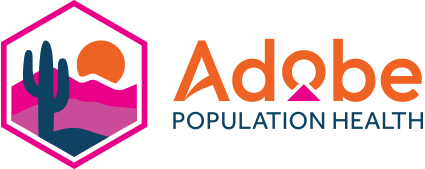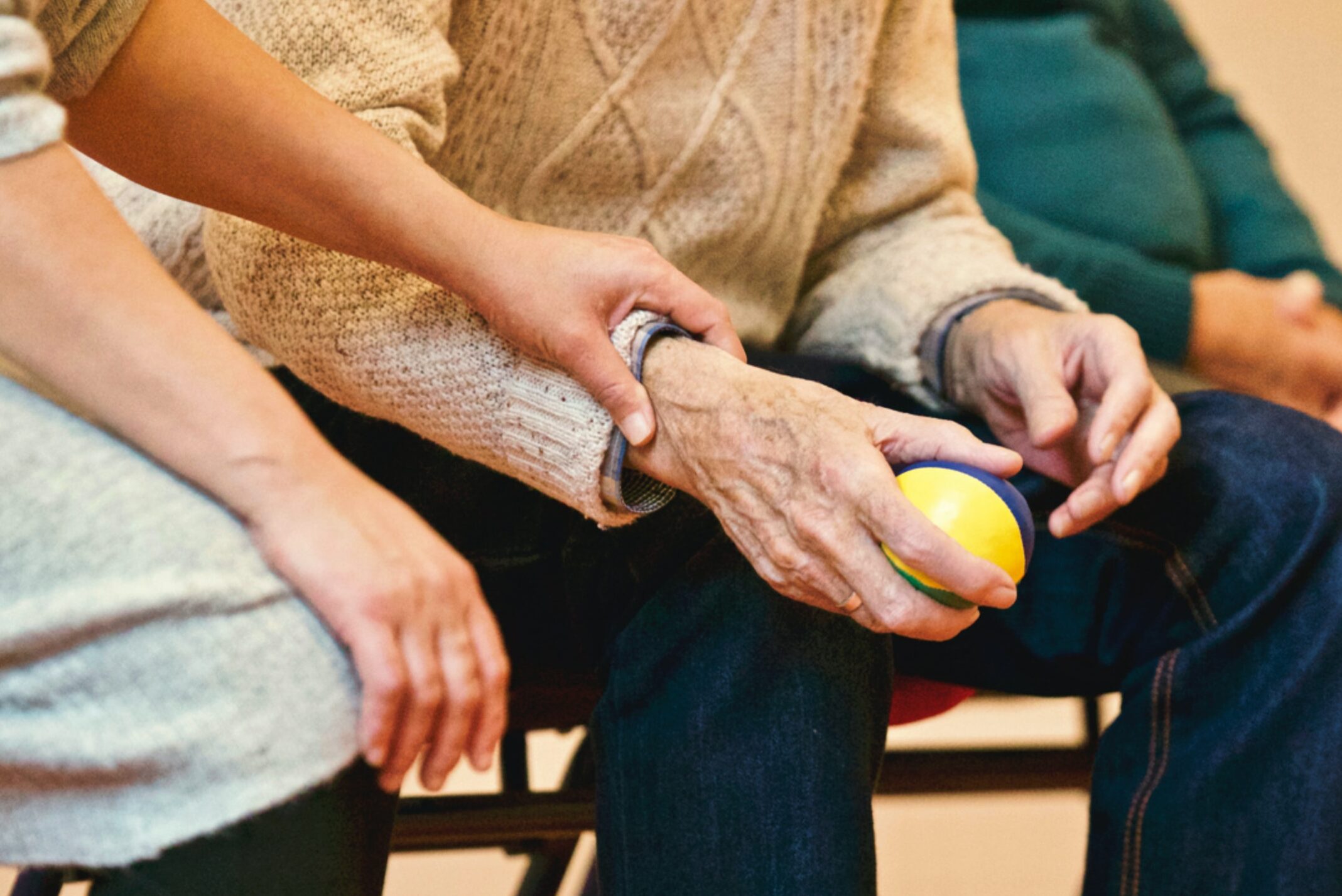Mental health is a public health issue and the state of mental health and aging in America gives pause for concern. It’s estimated that 20 percent of people aged 55 and older experience some type of mental concern, according to the CDC. The most common mental health concerns include anxiety, severe cognitive impairment, and mood disorders such as depression and/or bipolar. Suicide becomes a growing risk for persons aged 85 and older, particularly for white elderly males. In fact, this cohort of white males have the highest annual suicide rate of any group – 51.4 deaths per 100,000. Given these alarming stats, it is evident that mental health resources for seniors are crucial. We cannot simply turn a blind eye to this generation, it’s paramount to examine the social determinants of health, including mental health in order to tackle this and other health related issues head-on.
The “treatment gap”
Two-thirds of seniors with mental health issues do not get the treatment they need, according to the WHO and it’s referred to as the “treatment gap.” The “treatment gap” is due to a combination of factors but mainly due to the wide disparities in mental health resources and a mental health workforce.
Here is a list of general mental agencies and behavioral health resources that are specific to seniors:
- Administration on Aging: An agency within the Administration for Community Living of the U.S. Department of Health and Human Services. On its webpage, there are links to resources, programs and agencies that cover topics, including substance abuse and mental health in seniors.
- National Council on Aging: Founded in 1950 as the first charitable organization that advocates for older Americans with service providers and policymakers.
- National Mental Health Consumers Self-Help Clearinghouse: A directory providing comprehensive information on national and local programs offering mental health services for seniors.
- National Institute of Mental Health: The Institute has a resource about senior mental health specifically. Learn more here.
Bridging the gap
Since its inception, Adobe Care & Wellness is committed to being a voice for the underrepresented and bridging the gap in helping seniors gain access to quality health care. With the proper access and resources, Adobe Care & Wellness knows that outcomes can be improved and have witnessed it first-hand. At Adobe Care & Wellness, we believe that data-driven solutions combined with personal touch is the best approach for tackling the “treatment gap” dilemma. Adobe utilizes technology solutions to help remove barriers and deliver more personalized care.
Helping seniors gain access to mental health care
Adobe Care & Wellness developed an application called Maslow that provides users information and resources available to Arizona and Nevada residents. Adobe’s goal is to grow this nationally. The application requires the user to take a brief survey, which in turn, identifies that person’s needs and provides access to resources to address those specific needs. Maslow searches its large database to geolocate local resources for the user.
Oftentimes, seniors don’t know where to begin when looking for mental health resources. Some are also reticent to have that conversation with their Primary Care Physician due to stigma in our aging population.
For today’s aging population, mental health has become increasingly important. Many seniors are living alone or must move into new living arrangements. Isolation brought on by a myriad of factors, including the COVID-19 pandemic have further exasperated conditions that contribute to senior mental health issues.
To learn more about the Adobe Care & Wellness mission, its commitment to helping its members, and broadening resources and access to care, get in touch here.

